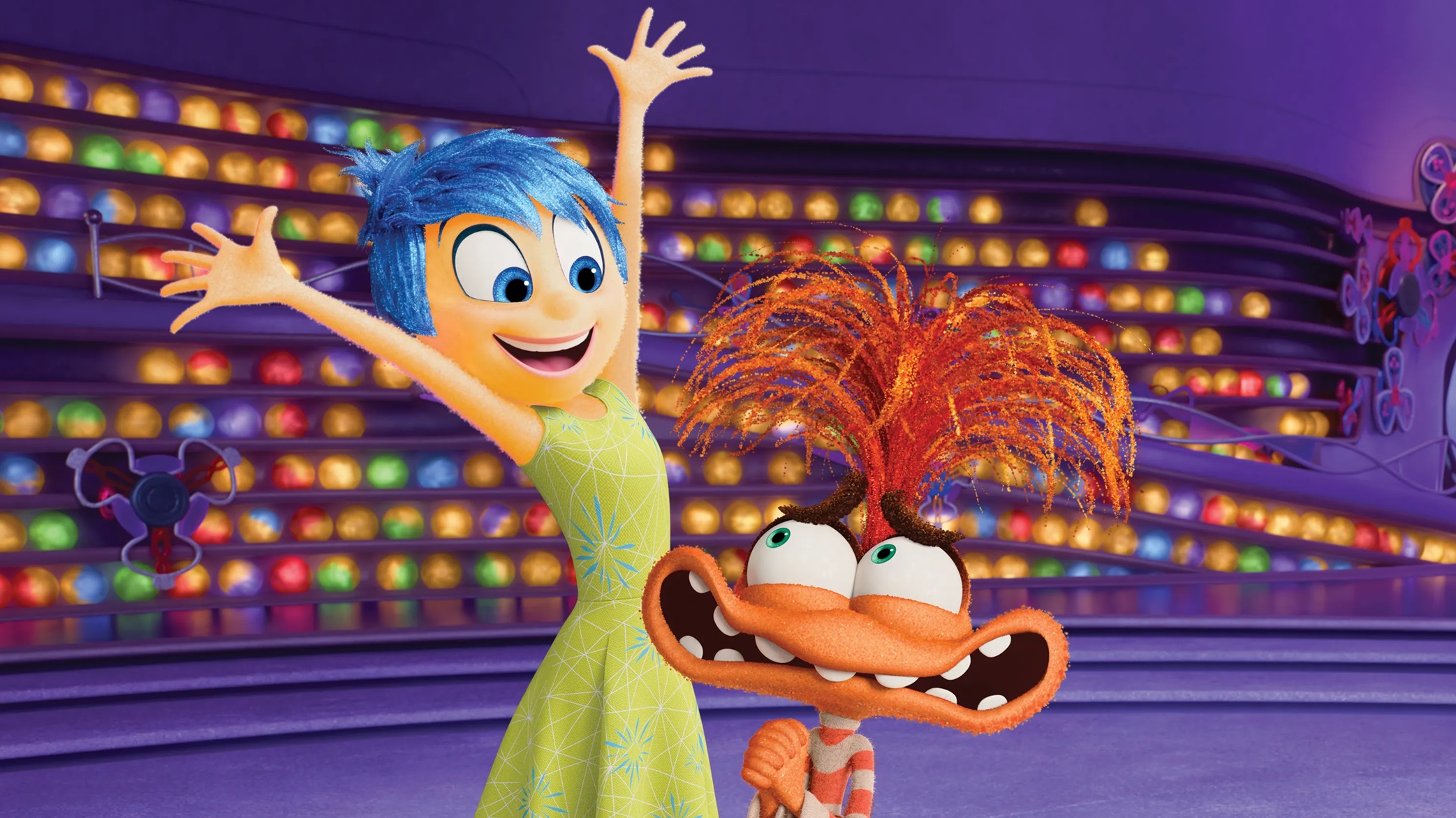As someone who cherishes Pixar’s Inside Out as one of the finest animated films ever made, the announcement of a sequel brought a mix of excitement and apprehension. The original film beautifully captured the complexity of human emotions, presenting them in a way that was both deeply insightful and universally relatable. Inside Out 2 had big shoes to fill, especially considering the profound impact of its predecessor. Would this sequel manage to capture the same magic, or would it falter under the weight of expectations?
Revisiting Riley’s Mind
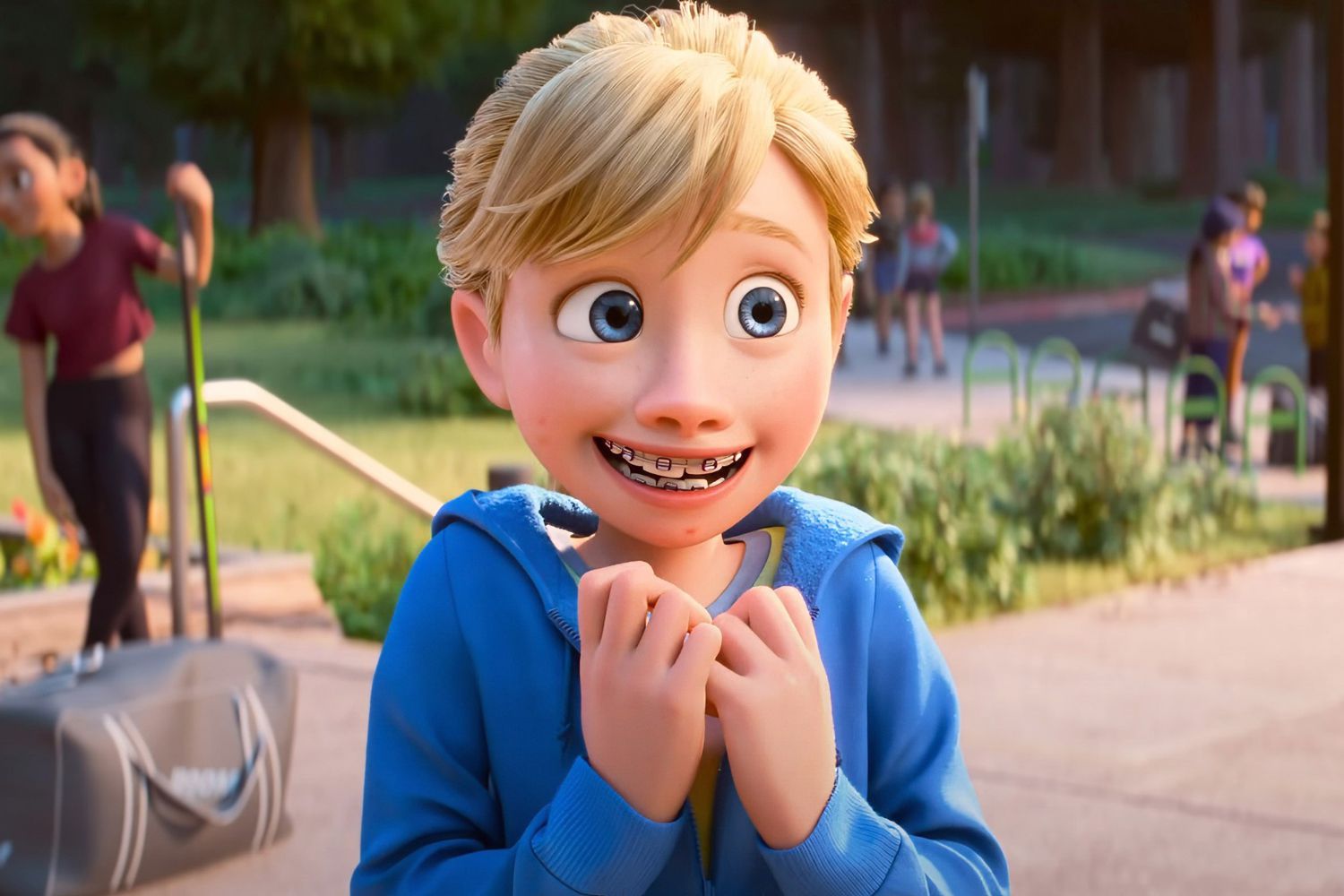
Inside Out 2 opens with Riley now 13 years old, standing on the brink of high school, a phase filled with new challenges and experiences. The familiar emotions—Joy (Amy Poehler), Sadness (Phyllis Smith), Anger (Lewis Black), Fear (Tony Hale), and Disgust (Liza Lapira)—are back, ready to navigate the turbulent waters of adolescence. The film introduces a pivotal new element: the “puberty alarm,” a signal that heralds the arrival of new emotions. Among these new arrivals is Anxiety, voiced by Maya Hawke, whose jittery presence is both humorous and relatable.
Anxiety’s introduction is a masterstroke, embodying the uncertainty and apprehension that often accompany the teenage years. Her interactions with Joy create a dynamic that reflects the tension between maintaining a positive outlook and preparing for potential challenges—a balance that is especially challenging during adolescence.
New Challenges and New Emotions
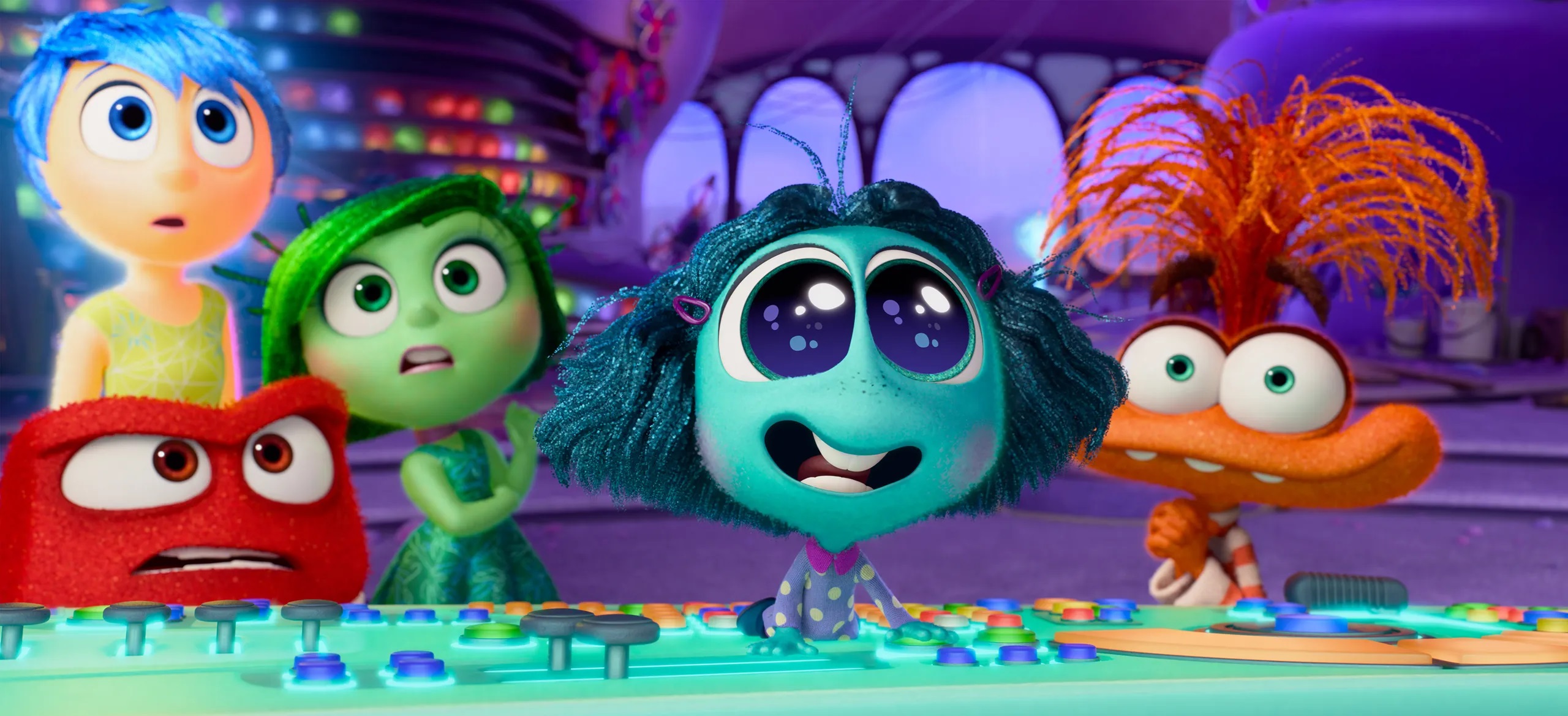
Riley’s journey in Inside Out 2 takes her to an elite hockey camp, where she hopes to secure a spot on the varsity team and impress a senior player. This setting provides a rich backdrop for exploring themes of identity, acceptance, and self-worth. Riley’s struggles to fit in and her evolving relationships with her friends mirror the experiences of many teenagers.
The new emotions—Anxiety, Envy (Ayo Edebiri), Embarrassment (Paul Walter Hauser), and Ennui (Adèle Exarchopoulos)—add depth and complexity to Riley’s internal world.
Anxiety’s takeover of the console, leading a coup against the original emotions, creates a compelling conflict. Joy’s desire for Riley to enjoy the present clashes with Anxiety’s focus on future uncertainties. This tug-of-war between emotions highlights the challenges of balancing different aspects of one’s personality, a theme that resonates deeply during adolescence.
Visual and Emotional Brilliance
Visually, Inside Out 2 is stunning. Pixar’s attention to detail is evident in every frame, from the vibrant colors to the intricate designs of Riley’s internal world. The new concept of Riley’s “Belief System,” represented by a glowing structure in her mind, adds another layer of depth to the visual storytelling. The film introduces imaginative new elements like the “Sar-Chasm,” a massive canyon representing Riley’s sarcastic tendencies, and the “Stream of Consciousness,” a winding river of thoughts.
The film’s most compelling moments come from the interactions between Anxiety and Joy. Their debates over what is best for Riley—whether to focus on the positive or prepare for potential challenges—are both humorous and thought-provoking. These conversations encapsulate the central theme of the film: the need to balance different emotional responses to navigate life’s challenges effectively.
Humor and Heart
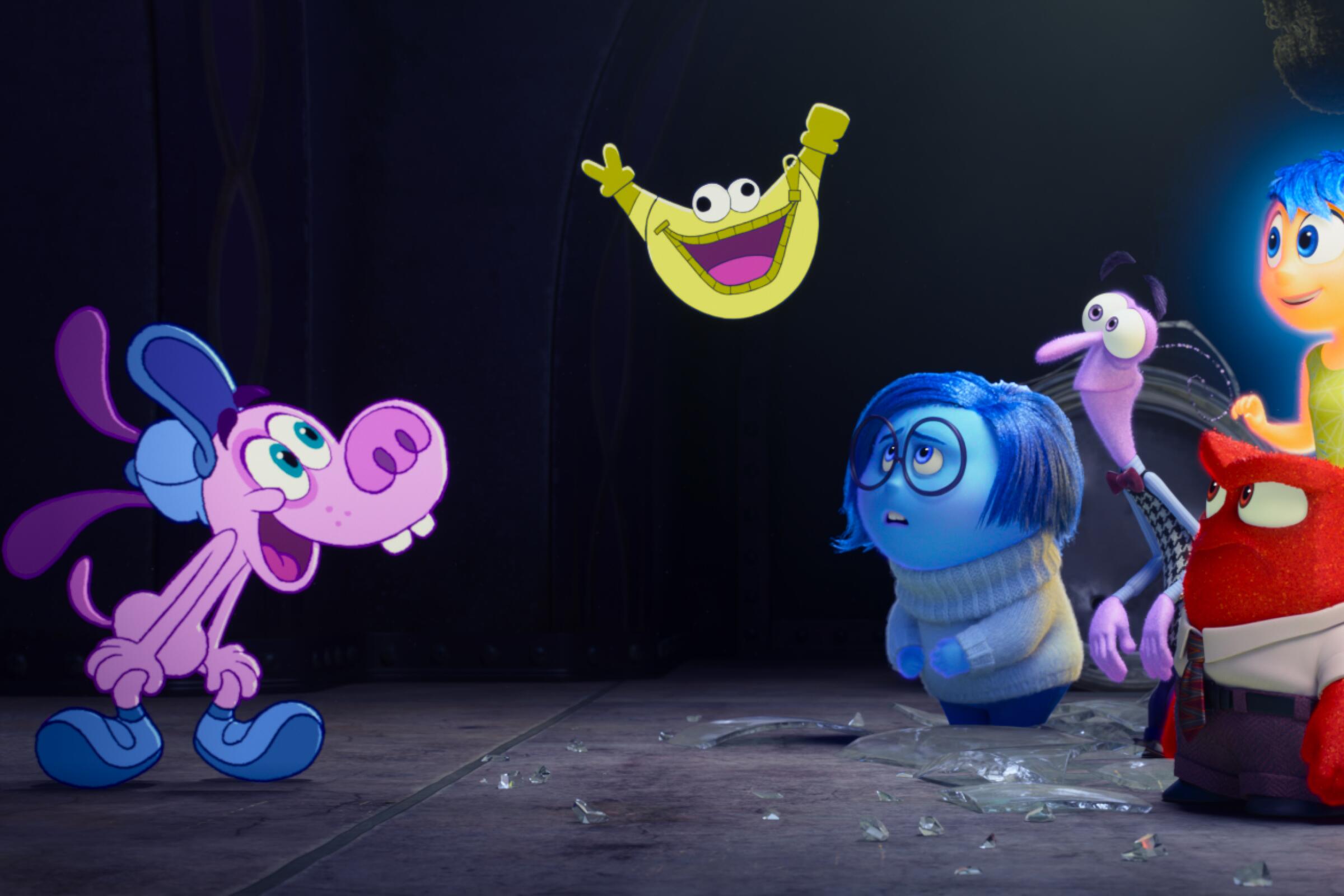
Despite its deeper themes, Inside Out 2 retains the humor and charm that made the original film so beloved. The antics of the emotions, particularly Embarrassment’s awkward attempts to hide and Anxiety’s frantic energy drink consumption, provide plenty of laughs. Pouchy, a wacky new sidekick character reminiscent of Bing Bong from the first film, adds another layer of humor and whimsy.
Sadness, with her endearing habit of flopping down on hard surfaces, gets more screen time in the sequel, much to the delight of fans.
Her interactions with the other emotions, particularly Joy and Anxiety, are touching and often hilarious. While some of the new characters, like Ennui, could have been given more screen time, the ensemble cast works well together, creating a rich tapestry of emotional experiences.
Mixed Feelings
Walking into Inside Out 2, I chose to let Joy take the lead and approached the film with optimism. While it didn’t evoke the same intense emotional response as the original, it delivered a heartfelt and sincere narrative that left me satisfied. The humor, incredible animation, and willingness to explore relevant new themes make it a worthy successor to the first film.
However, the film does have its shortcomings.
The story sometimes feels too familiar, and some of the emotional beats seem like retreads of the first film’s lessons. Joy’s journey to accept the new emotions and Riley’s need to grow felt somewhat repetitive.
Additionally, while the new emotions add depth, the film could have explored their interactions and conflicts in more detail to provide a richer narrative.
A Personal Connection
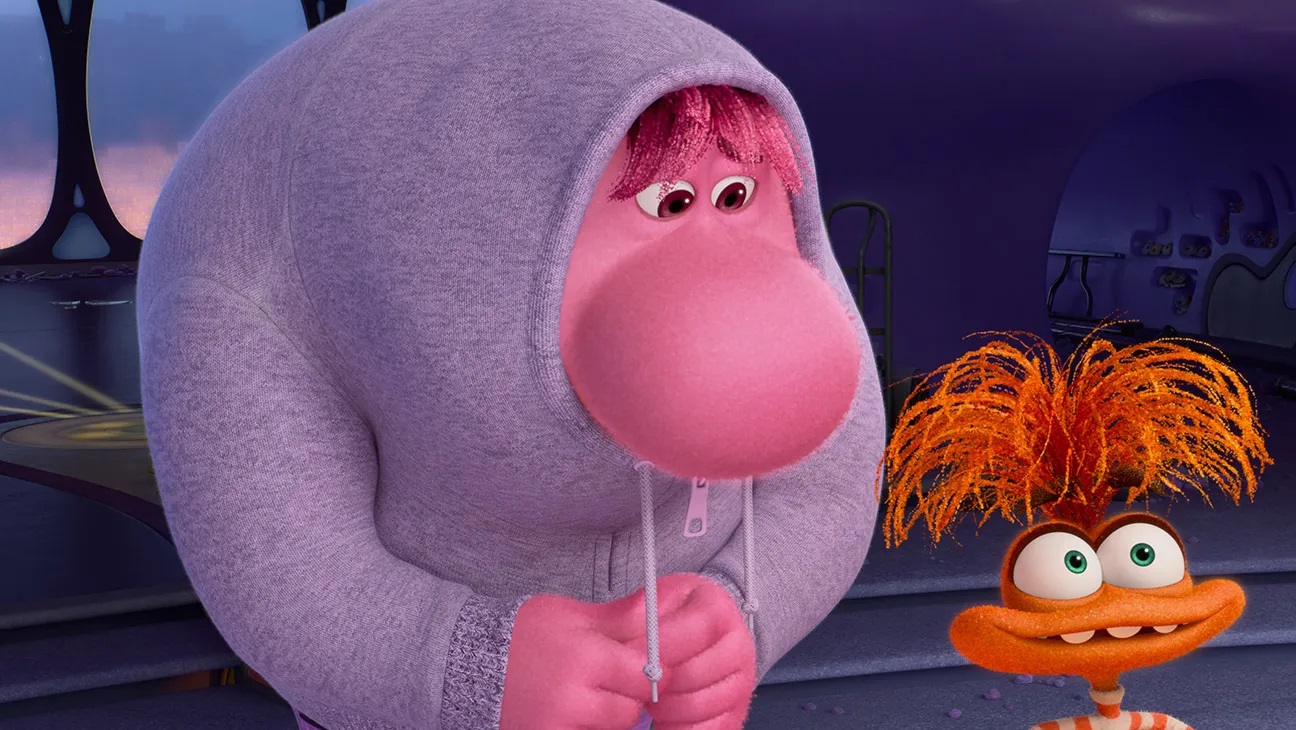
Watching Inside Out 2 brought back memories of my own struggles with anxiety during my teenage years. I vividly remember the first time I felt anxiety—it was the last day of sixth grade, and I was desperately trying to muster the courage to ask my crush to sign my yearbook. The fear of rejection and the overwhelming self-doubt were paralyzing, and those feelings have lingered with me into adulthood. This personal connection made the film’s exploration of anxiety and other teenage emotions resonate on a deeper level.
Conclusion
Inside Out 2 is a delightful and meaningful continuation of Riley’s story. It captures the challenges and triumphs of adolescence with warmth, humor, and honesty. For fans of the original, it is a must-watch that reaffirms the power of Pixar’s storytelling and the enduring appeal of its beloved characters. The film may not hit the same emotional highs as its predecessor, but it offers enough new elements to keep the story fresh and engaging.
In conclusion, Inside Out 2 is a charming and thoughtful sequel that explores the complexities of teenage emotions with creativity and heart. It invites viewers to once again delve into the fascinating world inside someone’s head and provides a timely reminder of the importance of embracing all our emotions. While it may not leave you in tears, it will certainly leave you with a smile and a renewed appreciation for the emotional journey of growing up.
In reflecting on Inside Out 2, I realize that while it may not have been the emotional powerhouse that the original was, it still holds its own as a worthy sequel.
It dives into the often chaotic and confusing world of adolescence with a blend of humor, heart, and stunning visual storytelling. The introduction of new emotions like Anxiety and the continued development of familiar ones like Joy and Sadness enriches the narrative, making it relatable for anyone who has navigated the rocky path of growing up.
Ultimately, Inside Out 2 reminds us that every emotion, whether pleasant or painful, plays a crucial role in our lives. It’s a testament to Pixar’s ability to craft stories that resonate on a deeply human level, capturing the essence of what it means to grow, change, and ultimately, to feel.
